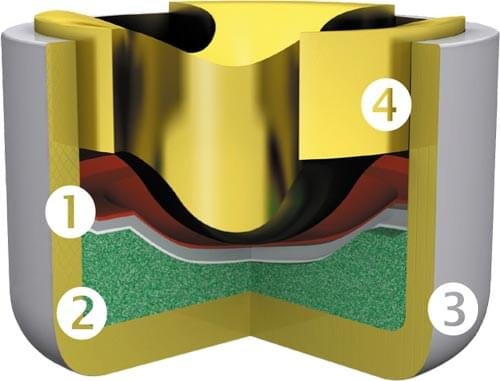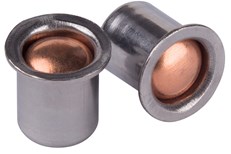Rumored Buzz on Small Pistol Primers
Table of ContentsFascination About Winchester Primers10 Simple Techniques For Rifle PrimersExamine This Report about Federal PrimersEverything about Primers For SaleLittle Known Facts About Reloading Primers.
Element of the gun cartridge for launching propellant burning In guns and also weapons, the guide () is the chemical and/or gadget responsible for starting the propellant burning that will certainly press the projectiles out of the gun barrel. In very early black powder weapons such as muzzleloaders, the guide was basically the exact same chemical as the major propellant (albeit usually in a finer-powdered type), yet poured right into an external flash pan, where maybe fired up by an ignition source such as a slow-moving suit or a flintlock though some muzzleloaders have guides like cap weapon caps. reloading primers.
Examples include handgun cartridges, rifle cartridges, as well as shotgun shells. Bigger weapons pieces on the other hand usually utilize electrical priming. In artillery the primers are regularly a different component, put inside the barrel to the back of the main propellant chargebut there are other instances of guns, consisting of for instance some automatic weapons, designed to shoot cartridges with essential electric primers.
A Biased View of Remington Primers

This opening was full of carefully ground powder, which was after that sparked with a warm coal or lantern. With the advent of hand-held guns, this became an unwanted means of shooting a gun. Holding a burning stick while attempting to pour a fee of black powder very carefully down a barrel threatens, and attempting to hold the gun with one hand while concurrently focusing on the target and also looking for the touchhole makes it extremely tough to fire accurately. [] The first effort to make the process of shooting a little arm less complicated was the "matchlock".
, as well as dried out. After the gun was packed and also the touchhole keyed with powder, the burning tip of the match was placed so that the lock would bring it into contact with the touchhole.
How Pistol Primers can Save You Time, Stress, and Money.
This brought the match down to the touchhole, stiring up the powder - https://544846.8b.io/. With mindful our website focus, the slow-burning match could be maintained burning for lengthy periods of time, and the use of the lock device made rather exact fire feasible. The following change in ignition technology was the "wheel-lock".

The covered flashpan also provided some capacity to hold up against negative climate. The wheel-lock delighted in just a brief duration of popularity before being superseded by a less complex, extra durable design.
Pistol Primers Can Be Fun For Anyone
The flint was held in a spring-loaded arm, called the "cock" from the resemblance of its motion to a pecking poultry. The dick revolved through approximately a 90-degree arc and was held in the tensioned, or "cocked" setting by a trigger.
The "half-cock" position held the cock halfway back, as well as utilized a deep notch so that pulling the trigger would not release the penis. Half-cock was a safety and security placement, used when filling, keeping or lugging a packed flintlock. The "full-cock" position held the dick completely back and also was the position from which the gun was discharged.
It functioned as both a flashpan cover and a steel striking surface area for the flint. The frizzen was pivoted and also spring-loaded to make sure that it would lock in the open or closed setting. When shut, the striking surface area was positioned so that the flint would certainly strike at the proper angle to generate a spark.
Our Small Pistol Primers Statements
The flintlock system was easier and more powerful than the wheel-lock, as well as the flint and steel gave a good, reputable source of ignition. The flintlock remained in military solution for over 200 years, and flintlocks are still made today for historic re-enactments as well as muzzle-loading target competition, and also for hunters who take pleasure in the extra obstacle that the flintlock offers.
By the center of the 19th century, the percussion or caplock system was well established., as it was easier and also extra dependable than the flintlock.
The flashpan and also frizzen were removed and replaced by a small, hollow horizontal cyndrical tube (drum) screwed right into the bored-out as well as tapped flash opening as well as carrying a "nipple" over which the cap can be fitted. A "hammer" which likewise had half-cock (for loading and also applying the cap) and full-cock settings changed the dick.